Victoria Cross:
The most famous of British military awards, the Victoria Cross was initiated by Royal Warrant on January 29, 1856 in recognition of the bravery displayed by British soldiers during the Crimean War. Unlike several other awards, any soldier in uniform, regardless of rank, is eligible to receive the Victoria Cross, should his actions meet the criteria. The VC is presented in recognition of "conspicuous bravery or some daring or pre-eminent act of valour or self-sacrifice in the presence of the enemy", and is the highest award for bravery that can be bestowed on a Canadian soldier.
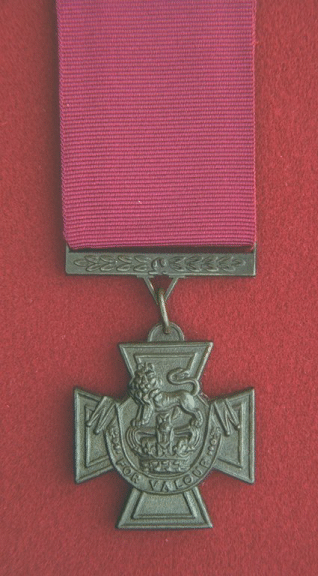 |
| Victoria Cross |
Distinguished Service Order:
Established by royal warrant on November 9, 1886, the DSO is a military order for officers only, usually above the rank of Lieutenant-Colonel. On occasion, it is awarded to lower ranks in recognition of actions displaying a high degree of gallantry just short of meriting a Victoria Cross. Initially created as a reward for "individual instances of meritorious or distinguished service in war", the DSO is usually awarded for "service under fire or conditions equivalent to service in actual combat with the enemy". Between 1914 and 1916, it was awarded to individuals not serving in combat. On January 1, 1917, the British government issued a directive stating that the DSO was to be awarded only to soldiers serving under fire. Bars may be awarded for subsequent acts that would have merited the award in the first place.
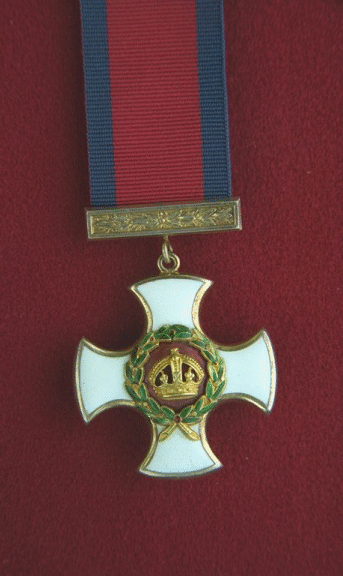 |
| Distinguished Service Order Medal |
Military Cross:
The Military Cross was established on December 28, 1915, one of two awards for bravery created during the First World War. The medal is presented to officers of the rank of Captain or below, or Warrant Officers, in recognition of "distinguished and meritorious services in battle". Its terms were revised in 1920, stating its purpose as recognizing "gallant and distinguished services in action". A total of 3727 Canadians have received this medal since its inception, with an additional 324 first bars and 78 second bars awarded for subsequent acts meeting its criteria.
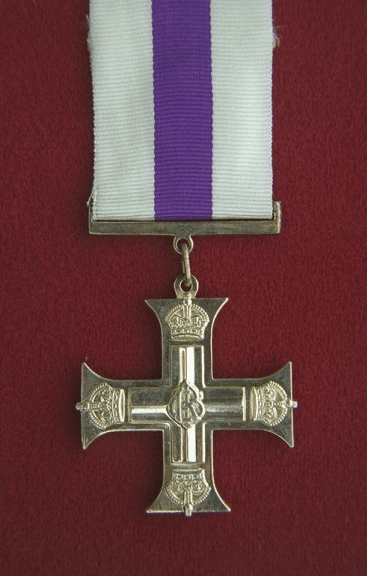 |
| Military Cross |
Distinguished Conduct Medal:
Among the oldest of British military awards, the Distinguished Conduct Medal was initiated on December 4, 1854, during the Crimean War. The medal can be awarded to Warrant Officers, non-commissioned officers and men serving in any of the Monarch's military forces, in recognition of "distinguished conduct in the field". The DCM is considered the second-highest award for gallantry in action (after the Victoria Cross) for all army ranks below commissioned officers. A bar may be awarded for "subsequent acts of distinguished conduct in the field". First presented to a Canadian on April 19, 1901for actions during the Boer War, it has been awarded to 2132 Canadian army and air force personnel, with an additional 38 first bars and 1 second bar for subsequent acts warranting such recognition.
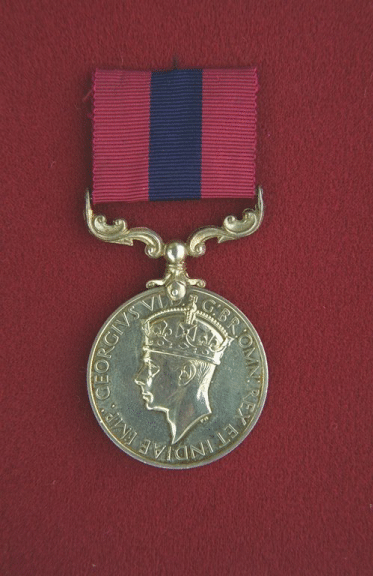 |
| Distinguished Conduct Medal |
Meritorious Service Medal:
First issued in 1902, the Meritorious Service Medal is presented in recognition of lengthy military service or a specific act of merit. Warrant Officers and senior non-commissioned officers with a minimum of 21 years of service receive the MSM upon discharge. From 1916 onward, the medal was also awarded for "acts of gallantry or meritorious conduct when not in the fact of the enemy". A bar may be awarded in recognition of subsequent acts of meritorious service.
 |
| Meritorious Service Medal Image courtesy of David & Pauline Lyell's Medal Search website |
The Military Medal was instituted on March 25, 1916, the second award of significance created during the First World War. Presented to Warrant Officers, non-commissioned officers and men in recognition of "individual or associated acts of bravery on the recommendation of a Commander-in-Chief in the field", it became the most commonly issued "bravery" medal of the war. The use of the term "associated" meant that the medal could be awarded to a group of soldiers in recognition of action undertaken by a small unit. A bar may be awarded for "subsequent acts of bravery and devotion under fire".
A total of 13,654 Canadians have received the Military Medal since its inception, with an additional 848 first bars and 38 second bars issued in recognition of subsequent acts of bravery. The recipient's regimental number, rank, initials, surname and unit are engraved around the medal's edge.
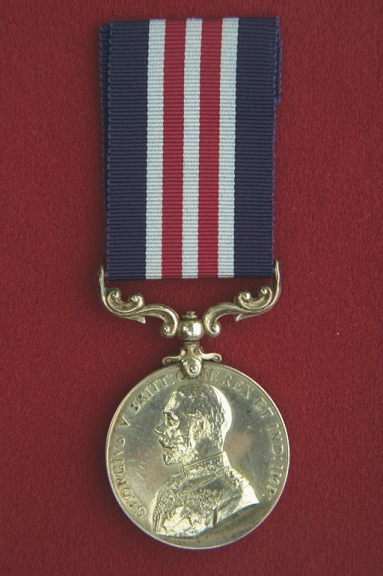 |
| Military Medal |
Mentioned in Dispatches:
A relatively minor award in comparison to the above medals, Mentioned in Dispatches is awarded "for gallantry or otherwise commendable service" during combat. No medal is issued, making the receipt of MID relatively low in order of precedence. After the First World War, an oak leaf was attached to the Victory Medal of soldiers who were mentioned in dispatches, acknowledging receipt of the award.
*****
A total of 70 Canadians received the Victoria Cross during the First World War. Four recipients had connections to Nova Scotia: James Robertson, born and raised in Albion Mines (Stellarton), Pictou County; John Chipman Kerr, a native of Fox River, Cumberland County; Philip Bent, born in Halifax; and John Crooks, a native of Newfoundland whose family moved to Glace Bay when he was 2 years old.
Regiments serving overseas during the FIrst World War proudly preserved a record of the awards received by their members. As the 85th Battalion (Nova Scotia Highlanders) was the only fully Nova Scotian regiment to see combat as a unit, their record provides a sense of the proportion in which the above awards were distributed:
Distinguished Service Order: 4
Bar to Distinguished Service Order: 1
Military Cross: 34
Bar to Military Cross: 3
Distinguished Conduct Medal: 15
Meritorious Service Medal: 4
Military Medal: 166
Mar to Military Medal: 12
Mentioned in Despatches twice: 4
Mentioned in Despatches - Officers : 9
Mentioned in Despatches - Warrant Officers: 1
*****
Sources:Canadian Military Decorations and Medals - Orders and Decorations. Veterans Affairs Canada.
Canadian Orders, Awards, Decorations and Medals. Canadian Great War Project.
Hayes, Lt. Col. Joseph. The 85th in France and Flanders. Halifax: Royal Print & Litho Ltd., 1920. Available online.
Meritorious Service Medal. First World War.com - Encyclopedia.
Unless otherwise stated, images obtained from Veterans Affairs Canada website, with the exception of the Meritorious Service Medal, which was obtained from Medal Search.Co.UK .
No comments:
Post a Comment